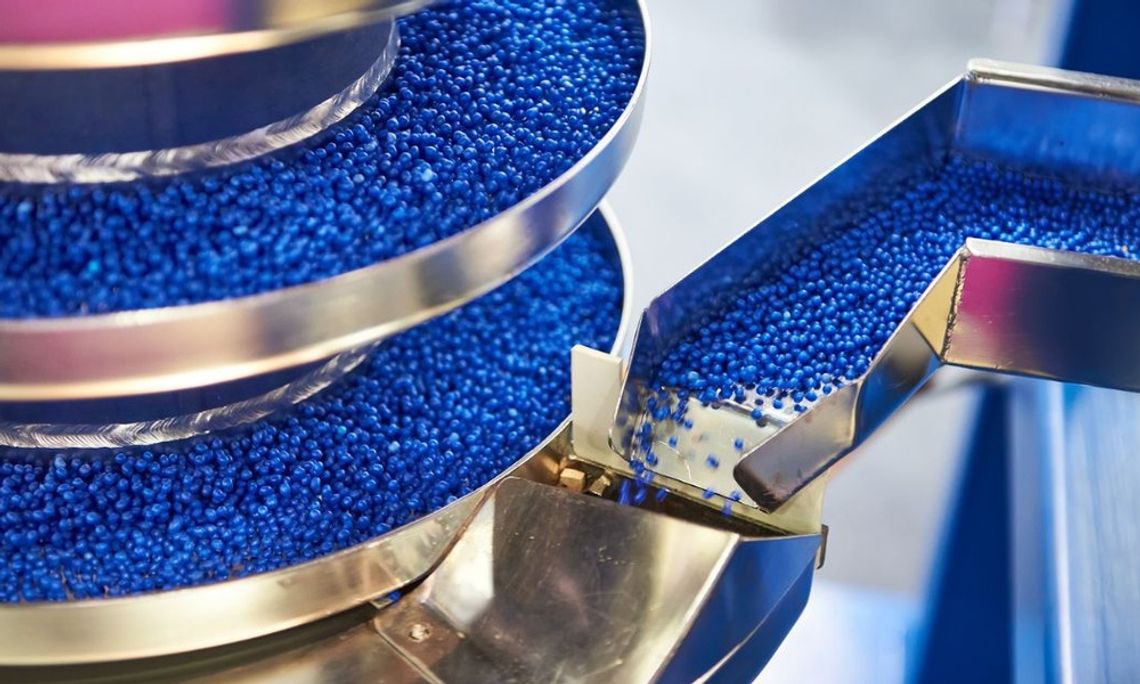Plastic plays a central role in everything from consumer products to industrial components, and how those plastic parts are manufactured matters. Different methods suit different needs, from precision and complexity to cost and production volume. Below, we’ll break down some of the most common manufacturing methods for plastic parts, helping you understand their process, advantages, and limitations.
Injection Molding
Injection molding is one of the most popular methods for creating plastic parts. It works by heating plastic pellets until they’re molten, then injecting them into a mold cavity under high pressure. Once the material cools and solidifies, professionals open the mold and eject the part.
This method is perfect for high-volume production, offering outstanding consistency and precision. You can manufacture complex designs with excellent surface finishes and tight tolerances with injection molding. However, the initial cost of creating molds can be high, making it most suitable for large production runs where economies of scale offset those upfront expenses.
Blow Molding
Blow molding is ideal for creating hollow plastic components like bottles, containers, and tanks. This process involves heating a thermoplastic material to a molten state, forming it into a pre-shaped tube called a parison, and then inflating it inside a mold. The air pressure forces the plastic to conform to the mold’s shape, creating seamless, uniform walls.
Blow molding is relatively fast and cost-effective for producing lightweight, durable objects in bulk. However, it’s less effective for parts requiring intricate designs or varying thicknesses. Despite this, blow molding remains a strong choice when it comes to producing large volumes of hollow parts.
Compression Molding
Compression molding is a straightforward process often used to produce large, simple plastic parts. Here’s how it works: heated plastic material goes into a mold cavity, and pressure is applied to force the material to take the shape of the mold. The material is then cooled and cured before being removed.
This method is well-suited for parts requiring high strength and durability, such as automotive or industrial equipment. One advantage is its ability to work with thermosetting plastics. The downside is that compression molding can be slower than other processes, making it less efficient for high-volume production.
Extrusion
Extrusion is great for creating long, continuous plastic products like pipes, tubing, and sheets. During this process, molten plastic goes through a die with the desired cross-sectional shape. Once the plastic exits the die, it cools and solidifies into its final form.
One of the key benefits of extrusion is its efficiency in producing high volumes of uniform, continuous parts. It’s also relatively affordable and capable of handling various materials. That said, extrusion is mostly limited to simple shapes, meaning it’s not suitable for parts requiring intricate detailing.
Thermoforming
Thermoforming is a cost-effective way to create large plastic parts, especially for applications like packaging, trays, and enclosures. This method starts with a sheet of plastic that is heated until pliable and then stretched over a mold. The sheet is shaped into the desired form and trimmed to create the final product using a vacuum, pressure, or both.
Thermoforming’s primary advantage is its lower tooling costs than injection molding methods. This benefit makes it appealing for small to medium production runs. However, it may not be the best choice for highly detailed parts or those requiring precise tolerances.
Choosing the Right Method
Selecting the right plastic manufacturing method depends on your project’s needs, including design complexity, production volume, and budget. For high precision and intricate designs, injection molding is your go-to. Blow molding does the job efficiently if you’re making hollow items like bottles. For strong, large, and simple parts, compression molding works best. Extrusion is the ideal solution When you focus on continuous, uniform profiles. And if you’re producing cost-effective large designs with moderate detail, thermoforming fits the bill.
For custom or low-volume projects, consider using CNC machining for plastic parts. It’s a versatile option that delivers exceptional accuracy without requiring extensive molds or dies.
By exploring each manufacturing method for plastic parts and its unique strengths, you can make informed decisions that align with your business goals and product requirements. You’re sure to choose the right process for your business.


Comment
Comments